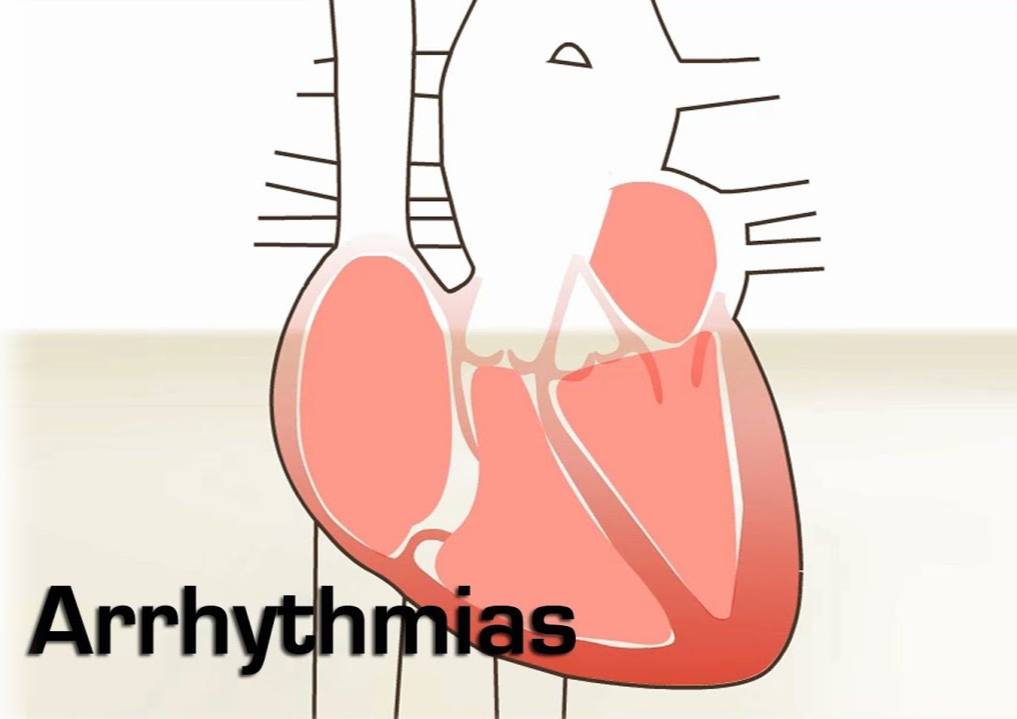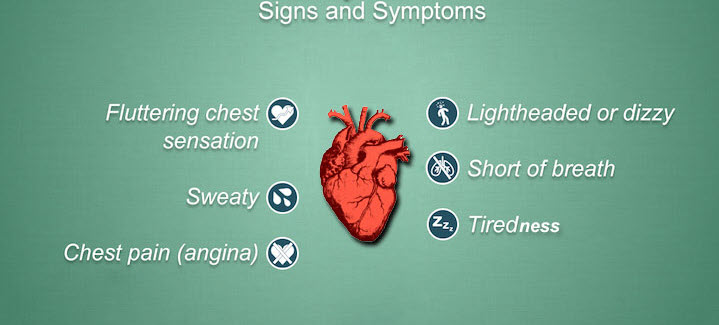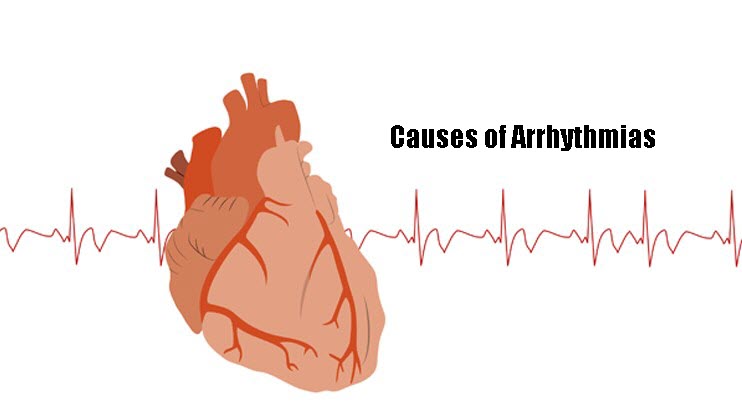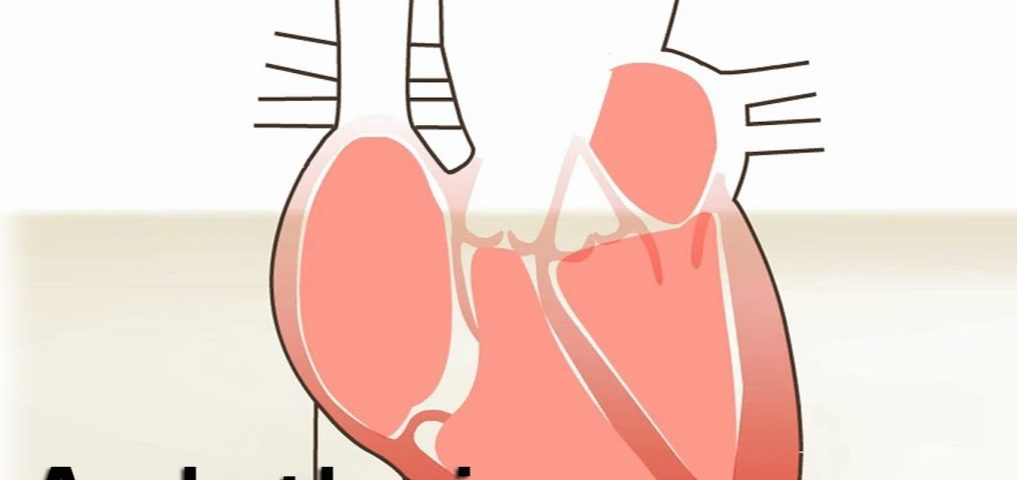This discussion covers the following information related to Arrhythmia:
- Arrhythmia
- Signs and Symptoms of Arrhythmia
- Causes of Arrhythmia
- Types of Arrhythmia
- Risk Factors for Arrhythmia
- Complications of Arrhythmia
- Tests and Diagnosis for Arrhythmia
- Treatment and Drugs for Arrhythmia
Arrhythmia Definition

Heart rhythm problems (heart arrhythmias or cardiac arrhythmias) occur when the electrical impulses that coordinate your heartbeats don’t work properly, causing your heart to beat too fast, too slow or irregularly.
Heart arrhythmias may feel like a fluttering or racing heart and may be harmless. However, some heart arrhythmias may cause bothersome — sometimes even life-threatening — signs and symptoms.
Heart arrhythmia treatment can often control or eliminate fast or irregular heartbeats. In addition, because troublesome heart arrhythmias are often made worse — or are even caused — by a weak or damaged heart, you may be able to reduce your arrhythmia risk by adopting a heart-healthy lifestyle.
Signs and Symptoms of Arrhythmias

Arrhythmias may not cause any signs or symptoms. In fact, your doctor might find you have an arrhythmia before you do, during a routine examination. Noticeable signs and symptoms don’t necessarily mean you have a serious problem, however.
Noticeable arrhythmia symptoms may include:
- A fluttering in your chest
- A racing heartbeat (tachycardia)
- A slow heartbeat (bradycardia)
- Chest pain
- Shortness of breath
- Lightheadedness
- Dizziness
- Fainting (syncope) or near fainting
EMERGENCY CASE Arrhythmias may cause you to feel premature or extra heartbeats, or you may feel that your heart is racing or beating too slowly. Other signs and symptoms may be related to your heart not pumping effectively due to the fast or slow heartbeat. These include shortness of breath or wheezing, weakness, dizziness, lightheadedness, fainting or near fainting, and chest pain or discomfort. Seek urgent medical care if you suddenly or frequently experience any of these signs and symptoms at a time when you wouldn’t expect to feel them. Ventricular fibrillation is one type of arrhythmia that can be deadly. It occurs when the heart beats with rapid, erratic electrical impulses. This causes pumping chambers in your heart (the ventricles) to quiver uselessly instead of pumping blood. Without an effective heartbeat, blood pressure plummets, cutting off blood supply to your vital organs. A person with ventricular fibrillation will collapse within seconds and soon won’t be breathing or have a pulse. If this occurs, follow these steps: Call 911 or the emergency number in your area. If there’s no one nearby trained in cardiopulmonary resuscitation (CPR), provide hands-only CPR. That means uninterrupted chest compressions of about 100 a minute until paramedics arrive. To do chest compressions, push hard and fast in the center of the chest. You don’t need to do rescue breathing. If you or someone nearby knows CPR, begin providing it if it’s needed. CPR can help maintain blood flow to the organs until an electrical shock (defibrillation) can be given. Find out if an automated external defibrillator (AED) is available nearby. These portable defibrillators, which can deliver an electric shock that may restart heartbeats, are available in an increasing number of places, such as in airplanes, police cars and shopping malls. They can even be purchased for your home. No training is required. The AED will tell you what to do. They’re programmed to allow a shock only when appropriate. Many things can lead to, or cause, an arrhythmia, including: What is a normal heartbeat? Your heart is made up of four chambers — two upper chambers (atria) and two lower chambers (ventricles). The rhythm of your heart is normally controlled by a natural pacemaker (the sinus node) located in the right atrium. The sinus node produces electrical impulses that normally start each heartbeat. From the sinus node, electrical impulses travel across the atria, causing the atria muscles to contract and pump blood into the ventricles. The electrical impulses then arrive at a cluster of cells called the atrioventricular node (AV node) — usually the only pathway for signals to travel from the atria to the ventricles. The AV node slows down the electrical signal before sending it to the ventricles. This slight delay allows the ventricles to fill with blood. When electrical impulses reach the muscles of the ventricles, they contract, causing them to pump blood either to the lungs or to the rest of the body. In a healthy heart, this process usually goes smoothly, resulting in a normal resting heart rate of 60 to 100 beats a minute. Conditioned athletes at rest commonly have a heart rate less than 60 beats a minute because their hearts are so efficient.Causes of Arrhythmias




